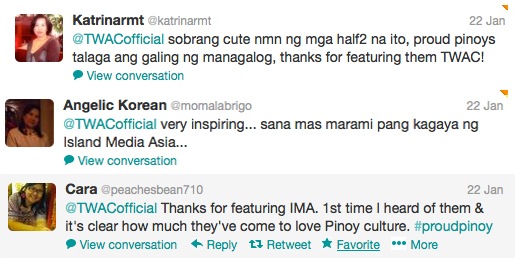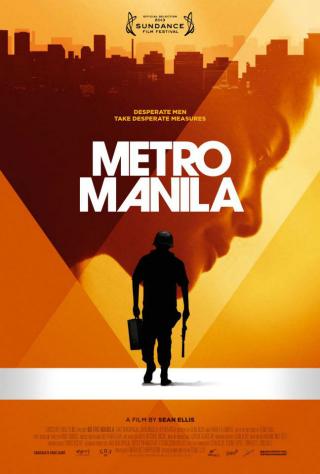Pinoy enters NZ politics

Gazo
MANILA, Philippines - A Filipino has entered New Zealand politics, and he is just 23 years old.
Ephraim Gazo, who hails from Bacoor, Cavite, currently serves as a member of the Community Committee in Lower Hutt in the capital Wellington, the 10th largest city in New Zealand.
Gazo is bent on extending his public service to Philippine shores and is helping improve Filipinos’ lives through tourism.
“As far as I am aware, I am the only Filipino involved in the New Zealand government in my capacity as a council member. However, I have heard of various Filipinos who have been involved through running in previous elections but were not able to get elected or appointed to office,” Gazo told The STAR.
Gazo said the Community Committee serves as the bridge between the people and the city council.
“A community committee member’s working day normally involves meeting constituents and attending community groups, particularly those that the members are involved with through their portfolio,” he said.
Gazo is presently handling the Naenae Computer Clubhouse, the Keep Hutt City Beautiful Committee, Youth Affairs and Ethnic Affairs.
A committee member earns about $1000 per meeting. They have about six to seven meetings in a year, Gazo said.
“Another thing that I’m currently pursuing is how I could utilize my position and connections towards promoting the Philippines as an ideal tourist destination to many Kiwis – some of whom have never heard/been to the Philippines,” he said.
Gazo also wants to take advantage of the so-called “gap year,” which refers to the time out to travel between life stages. It is very popular among students in New Zealand, the United Kingdom, Australia, and Canada.
“It is part of the culture of the young people in New Zealand that after high school they do backpacking for a year,” Gazo said.
He said he feels disappointed whenever he meets people and they tell him that they have been to countries near the Philippines.
“Through my involvement in the council, together with some Filipino youth, we formed a network to promote the Philippines as a tourist destination,” Gazo said.
“I was also inspired by the recent visit of President Aquino in New Zealand when he called on leaders from both countries to strengthen their relation, particularly with the working holiday schemes in New Zealand,” he added.
“My first campaign began in 2007, a day after turning 18, I decided to run as a city councilor in the local body elections at Hutt City Council,” Gazo said.
In 2007, Gazo was elected to the Hutt City Youth Council, which is equivalent to the country’s Sangguniang Kabataan.
“One of the biggest challenges that I saw at the time was that I was the youngest candidate as well as the only Filipino,” he said.
There are also senior politicians who criticized him for being young and for being a Filipino.
“There would always be a certain stereotype of Filipino politicians, that they are corrupt. But instead of being discouraged, I keep my head up and make sure that my voice is heard.”
“A particular event which was quite memorable to me was when I attended a ‘meet the candidates’ event hosted by the local Grey Power, as there was an ongoing perception that most of the elderly in our community were not quite supportive of young people and people of different ethnicities,” Gazo said.
Grey Power is an advocacy group for people aged 50 and above.
“I was initially very nervous upon entering this forum, but all my worries and fears subsided when I realized how warm and welcoming this group was and how they were quite supportive of my candidacy and my purpose for running – which was to give young people and migrant communities a voice in the council,” Gazo said.
His interest in politics started when he was in high school at the Naenae College, after he participated in the Sir Peter Blake Youth Environment Forum.
In the forum, Gazo wrote an essay about environmental sustainability.
“In my essay I compared Bacoor, my hometown, and Manila to Wellington which is very clean and green. My article was one of the essays selected in the whole (Wellington) region,” he said.
“After that I opened my mind not only to environmental issues but also to helping the community.”
His performance as a member of the Youth Council was basically the reason for his appointment to the Community Committee.
“Our mayor is very supportive of the young people. Five former members of the Youth Council, including me, were appointed to the Community Committee. Our ages range from 20 to 25,” he said.
“Because the city councilors have no term limit, our mayor believes that it is time to give the young people a chance to serve,” he said.
Gazo migrated to New Zealand in 2004 when he was just 14.
Gazo had an opportunity to migrate to New Zealand through his mother, Feria, who works as a nurse for the local hospital in Hutt Valley District Health Board.
He lives with his mother and aunt Hedilisa Gazo, who works as a baker for Air New Zealand at the Wellington Airport.
“My mother is a single parent and I have no siblings. Although I have three half-brothers on my father’s side with whom I have had no contact with for a very long time,” Gazo said.
“I initially wanted to be a doctor as my mother is working as a registered nurse and so I saw health services as an avenue to help my community,” Gazo said.
He studied in a number of schools in the Philippines including Bacoor Unida Evangelical School, Child Development and Guidance Centre, Bacoor Parish School and Statefields School Inc.
“I left the Philippines after finishing second year high school and was a high achiever then, mostly ranging from 1st honor to 4th,” Gazo said.


 I
I







 British-Filipino
film "Metro Manila" brought home the World Cinema Dramatic Audience Award at the
2013 Sundance Film Festival awards ceremony in Park City, Utah on January 26,
according to a
British-Filipino
film "Metro Manila" brought home the World Cinema Dramatic Audience Award at the
2013 Sundance Film Festival awards ceremony in Park City, Utah on January 26,
according to a